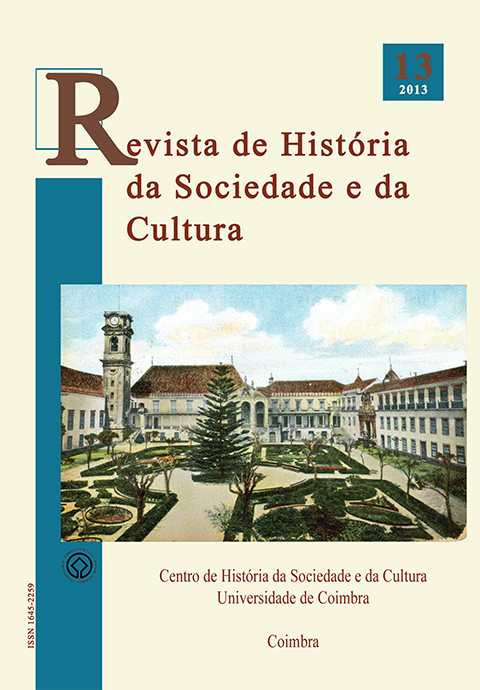Mundus Novus, Novus Homo. Cartografias do imaginário e do Outro no Novo Mundo (séc. XVI-XVII)
DOI:
https://doi.org/10.14195/1645-2259_13_9Keywords:
New World, America, Imaginary, The Other as a monstrosityAbstract
The NewWorldwas imagined andinterpreted based on classical and medieval references.
The imaginary was the first organizing element and the driver for the understanding and comprehension ofthe newly found reality. The discovery of America was initially interpreted as the discovery of the Utopia for the 16th Century thinkers, a new space where it would be possible to find renaissance and humanism projects. This new space was already inhabited by men with traits of monstrosity, according to the descriptions of the early explorers and chroniclers and the representations of the iconography of the time. Among scholars, the origin and nature of the other- the "Indian of the West" is deeply debated. This debate, primarily based on theological and biblical bases, was mobilized in order that the Spanish crown would profit politically and strategically. This article discusses the construction and understanding of the Other, a crossing between Anthropology and History.
Downloads
Downloads
Published
Issue
Section
License

This work is licensed under a Creative Commons Attribution 4.0 International License.
Authors retain copyright and grant the journal right of first publication with the work simultaneously licensed under a Creative Commons Attribution License that allows sharing the work with recognition of authorship and initial publication in Antropologia Portuguesa journal.











